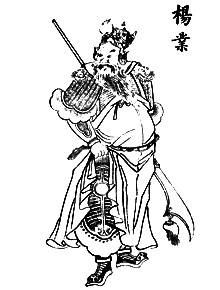Wing Woo Gar
Senior Master
Ok bow stance. Got it. My rooster staff stance is strong!It's the classic lead foot forward, strong leg back stance used in boxing and grappling. 子午馬 (or 前弓後箭馬)
In arts like Jow Ga, Hung Ga, the stance is practiced for strenght as an elongated static pose, or as a transition with level changes later on. In sparring, it's not done nearly as low, so you stay nice a loose and ready to pounce.
Once the legs are nice and strong, it becomes second nature. Most common defensive stances in MMA stances are Ji Ng Ma (most other common Kung Fu stances like 4 parallel Horse or Goat Riding Horse are not for fighting). The classic Muay Thai stance is a higher Ji Ng Ma/empty leg hybrid that usually favors forward facing hips, compared to the orthodox boxing stance, with the center of mass lower and hips somewhat the the side, compared to the Chinese Sanshou stances, which tend ever lower, but no so much as to lose mobility.
"Gong Gi Bo" means bow and arrow stance, "Ji Ng Ma" is a nod to "12 and 6" or "11 and 5 stance" as in 12/6, 11/5 on the sundial, where the front toe and back heel are generally aligned to produce a stable, rooted posture.
Hung Ga Tiger version.
View attachment 28217
Jow Ga version.
View attachment 28218
Yogic version.
View attachment 28220
Mantis version.
View attachment 28219





